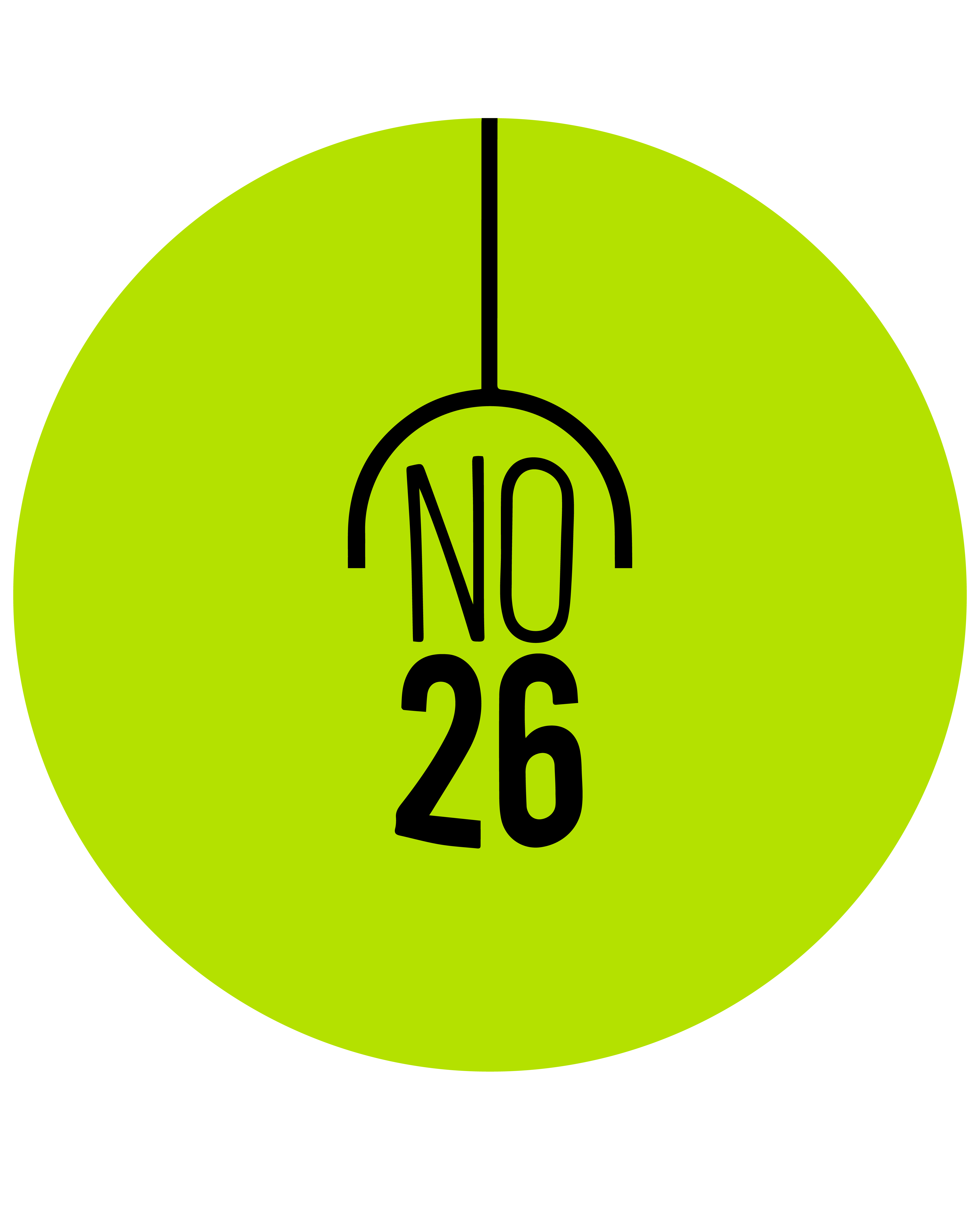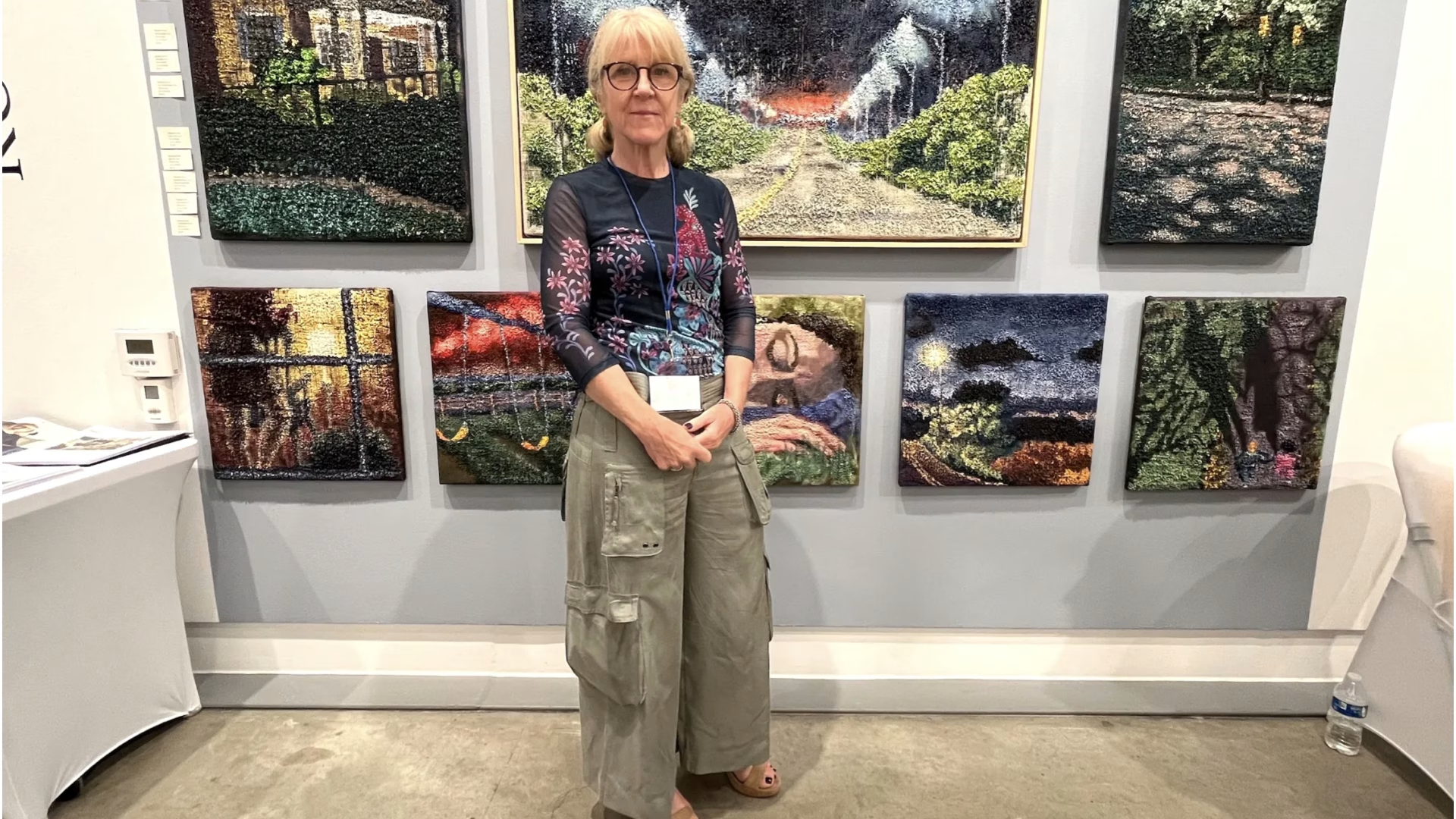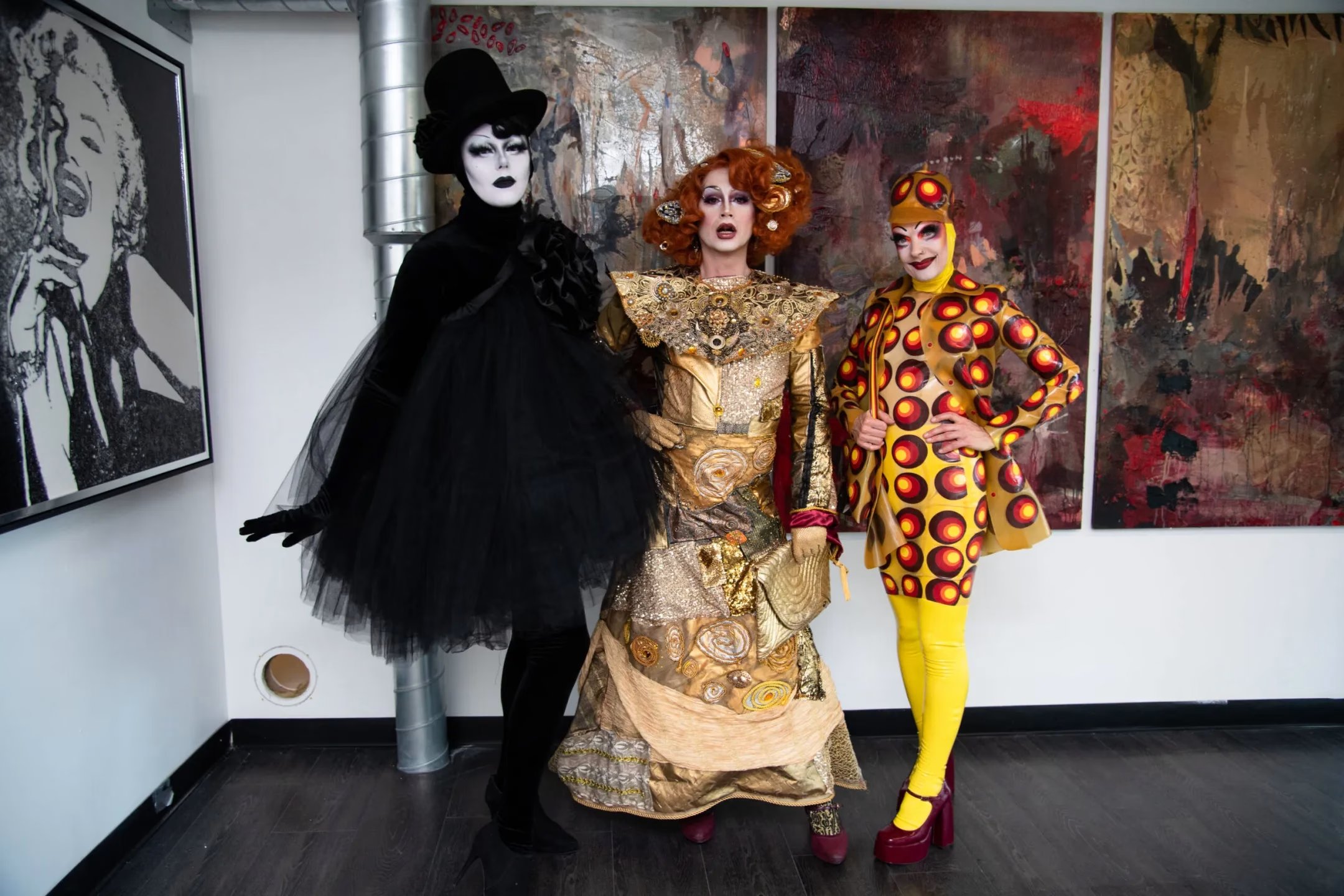Amid New York’s bustling art fair season, Clio Art Fair offers a breath of fresh air for independent artists, returning this year with two separate editions. Held at 511 West 25th Street in Chelsea, the fair brings together 35–40 artists, creating an intimate atmosphere as an alternative to large-scale fairs.
Founded in 2014 by Alessandro Berni, Clio aims to provide visibility for artists without gallery representation. Berni says, “Clio was born small. At large fairs, visitors’ eyes grow weary, and the opportunity for direct dialogue with artworks is lost. For us, fostering a direct connection between artist and audience is key.”
This year, applications exceeded 500, nearly double the number from previous years. Due to the surge in interest, Berni split the fair into two editions: spring and fall.
Featured Artists
Margaret Koval paints nocturnal cityscapes in oil, using a unique technique—applying paint to the back of linen canvas to bring it forward. The result evokes both the pixelated effect of digital photography and the aesthetic of handcrafted embroidery.
Nieves Saah draws inspiration from Hawaiian mythology, depicting the goddess Pele in works that explore respect for nature.
Marcus Glitteris stands out with a fabric collage made from 44 Café Bustelo coffee packages, embodying the fair’s social spirit.
From South Korea’s Anikoon, with Pop Art-inspired canvases, to Los Angeles-based Mary Lai’s textile-like paintings on wood, numerous international artists are featured at Clio.



“An Artist-First Fair”
Clio’s defining feature is the opportunity for direct engagement with artists. Visitors not only view the works but also learn about the creative process directly from the artists themselves. This sets the fair apart from the more distant environments of large galleries, where interactions often go through representatives.
Artwork prices range from $50 to $150,000, making Clio accessible to collectors while remaining a robust platform for independent artists.
Clio Art Fair reminds us that independent art is not just “alternative” but holds a central value in the art world. Perhaps it’s time to stop calling it an “anti-fair” and recognize it as a new fair model that puts artists at the core.














